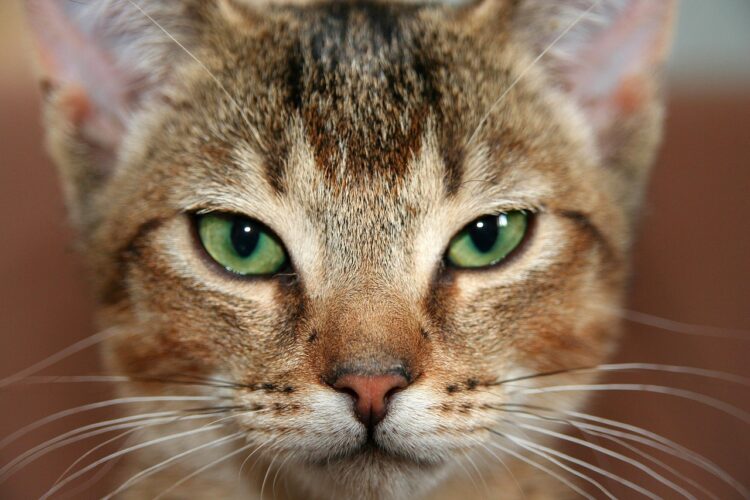
Some cats are more intense than cuddly. While any cat can show aggression when stressed, certain breeds are more likely to lash out due to their energy levels, intelligence, or wild ancestry. Here are 15 cat breeds known for being a bit harder to handle.
Siamese
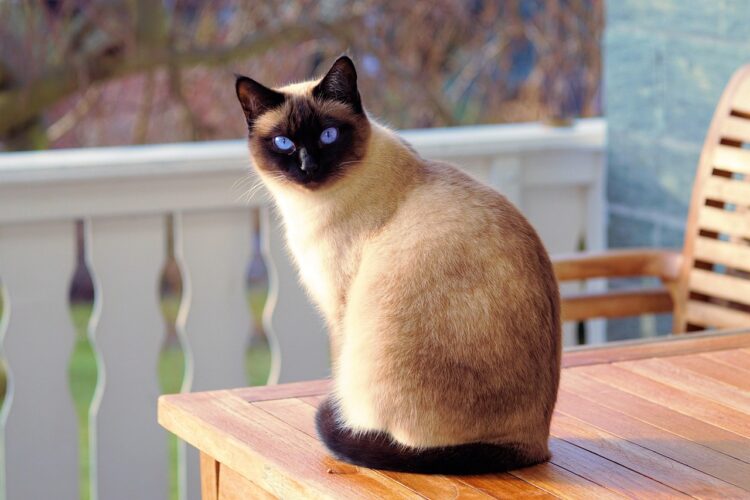
Siamese cats are known for their intense personalities. They’re highly vocal, territorial, and sometimes possessive of their favorite humans. While they’re affectionate, they can also become jealous or demanding, which can turn into aggressive behavior, especially if they feel ignored or displaced by other pets. They don’t tolerate being left alone for long and may lash out due to stress or boredom. With proper attention and stimulation, however, they can be loyal pets.
Bengal
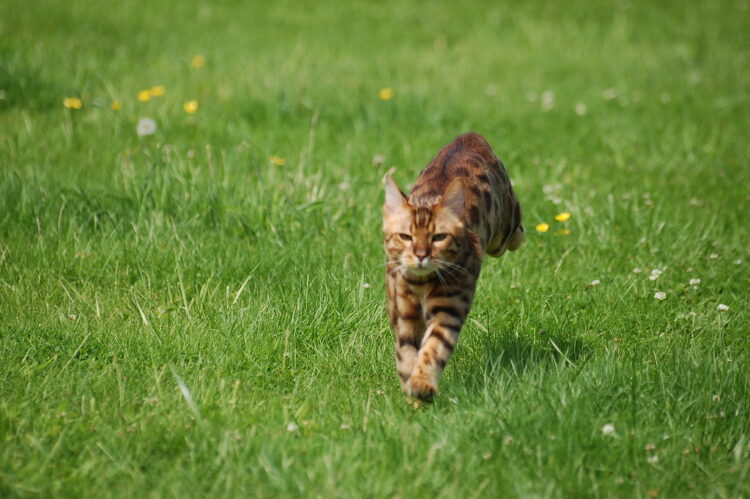
Bengals are energetic and intelligent, but their wild ancestry (they’re part Asian leopard cat) can make them a handful. They may bite or scratch if they’re not properly socialized or mentally stimulated. Bengals need plenty of play, vertical space, and attention. Without it, their frustration can show through aggressive outbursts, especially in multi-pet households. They’re not ideal for first-time cat owners due to their assertive nature.
Sphynx
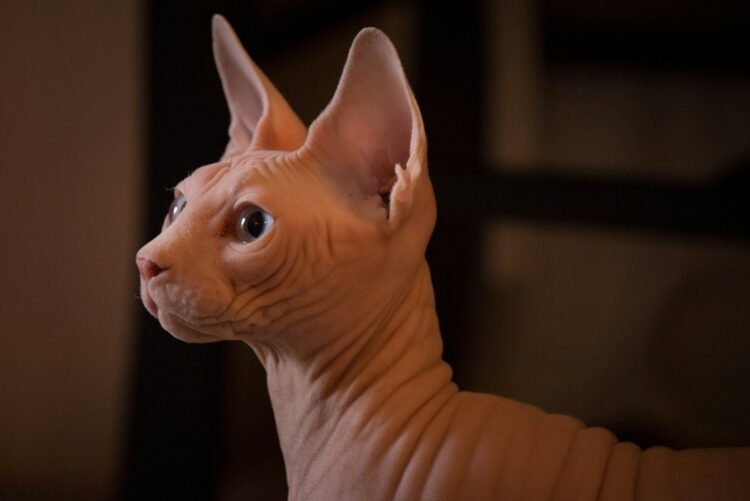
The Sphynx might look like a delicate lap cat, but they’re demanding and often high-strung. They have bonds with humans and can become territorial or reactive when they feel threatened or excluded. However, their lack of fur doesn’t mean a soft personality. They need structure, attention, and mental stimulation to stay balanced. They can show aggression through nipping or excessive vocalizations when stressed.
Scottish Fold
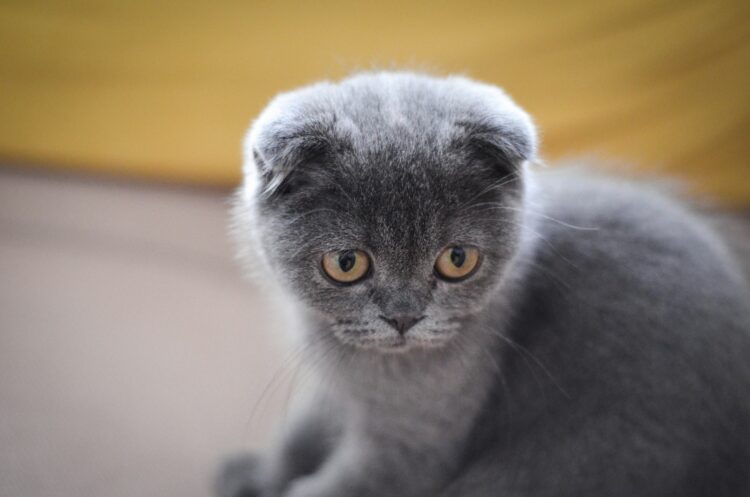
Although known for their cute, folded ears and reserved nature, Scottish Folds can become aggressive when overwhelmed or in pain, especially given their genetic predisposition to joint issues. They might lash out when touched in sensitive areas or resist handling from unfamiliar people. Their calm appearance can be misleading if they feel their boundaries are crossed.
Savannah
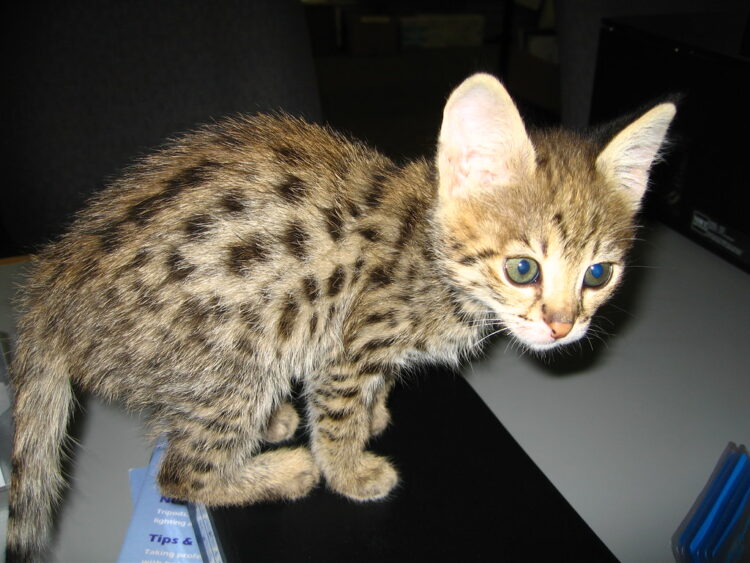
This hybrid breed, part African Serval, is not your typical housecat. Savannahs are strong, intelligent, and athletic, but that wild side comes with a temper. If under-stimulated or not socialized properly, they may become aggressive, particularly toward smaller pets or strangers. They’re also fiercely loyal to their primary owner and may react negatively if they feel that bond is threatened.
Oriental Shorthair
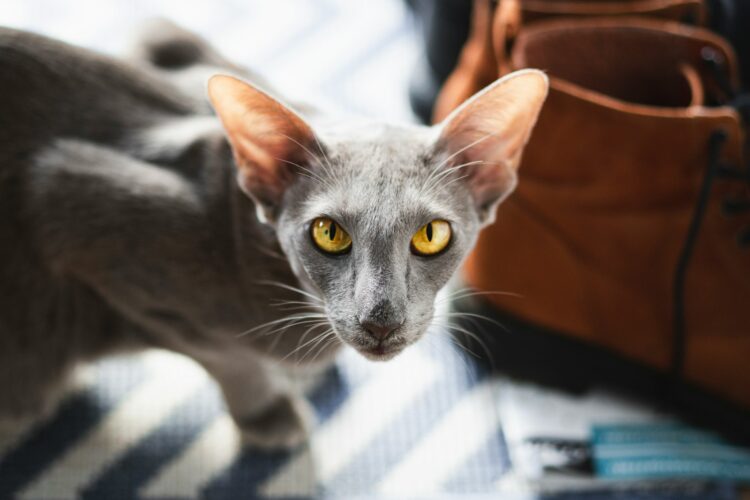
Related to the Siamese, Oriental Shorthairs are vocal and emotionally expressive. They can become aggressive if left alone too long or if their routine is disrupted. They’re sensitive to changes in their environment and may act out by biting or swatting when stressed. These cats need consistent interaction and mental engagement to stay happy and balanced.
Turkish Van
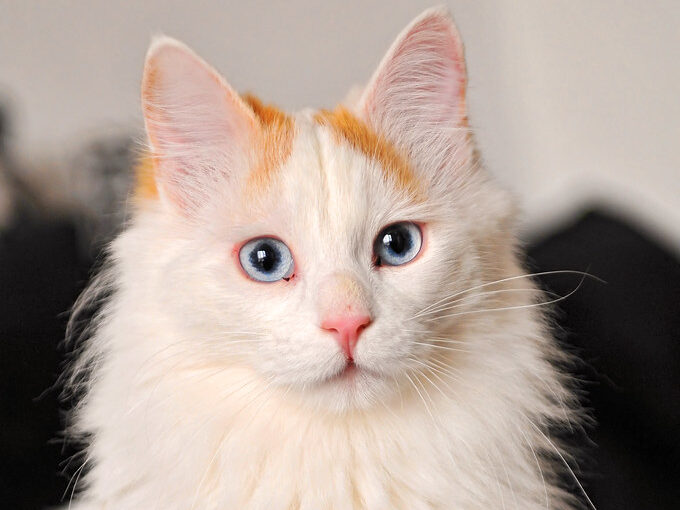
Often described as energetic and headstrong, the Turkish Van isn’t known for patience. They may not enjoy being held and can become reactive if physically restrained. They’re also known for their love of water, which can surprise unsuspecting owners. If they’re not properly socialized or feel threatened, they may become defensive, even with familiar humans.
Abyssinian
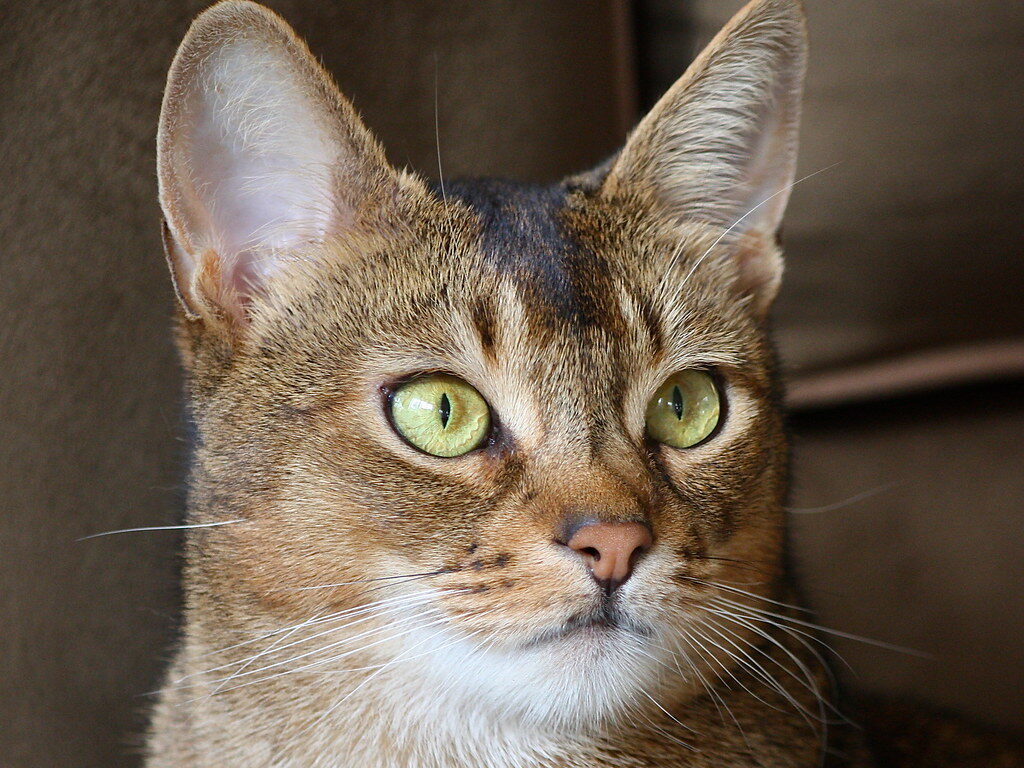
Abyssinians are playful and curious, but they can also be dominant. They like to be in control and don’t always get along with other pets. Their high energy and independence mean they don’t tolerate being handled on your terms—they prefer things on theirs. Without enough stimulation, they may nip or swat as a form of frustration or protest.
Chausie
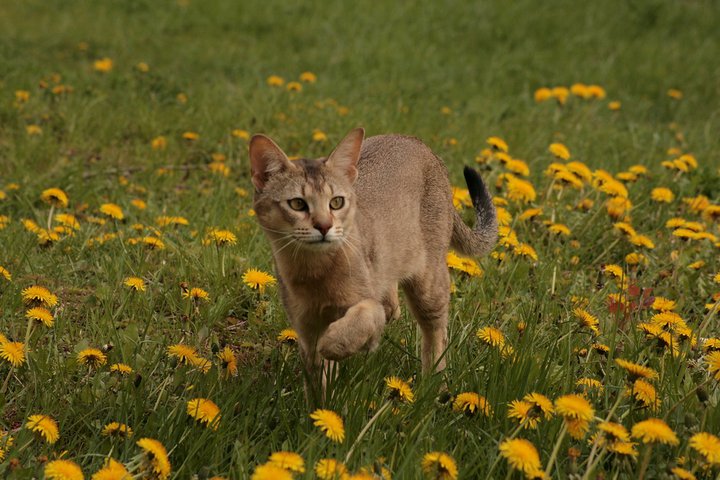
This rare breed is a hybrid of domestic cats and jungle cats, and it shows. Chausies are athletic, intense, and extremely territorial. They don’t adapt easily to new people or pets and require experienced owners who understand feline body language. Their aggression often comes from stress, overstimulation, or a lack of a clear social hierarchy in the household.
Korats

Korats are beautiful and affectionate with their chosen humans but wary of strangers. They can become anxious in unfamiliar settings and lash out defensively. If they feel their space is being invaded, they may hiss or swipe without much warning. They do best in calm, predictable homes and may not tolerate noisy or chaotic environments well.
American Wirehair
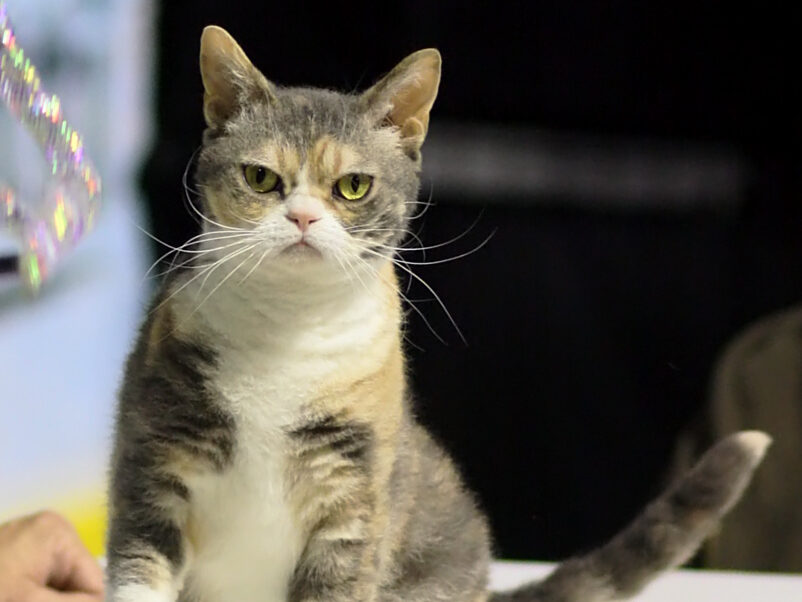
This breed is relatively rare but known for having a mind of its own. While they’re affectionate on their terms, they may dislike being handled or interrupted. They can become snappy or irritable if overstimulated or annoyed, particularly by small children or other pets. Respecting their space is key to avoiding conflict.
Egyptian Mau
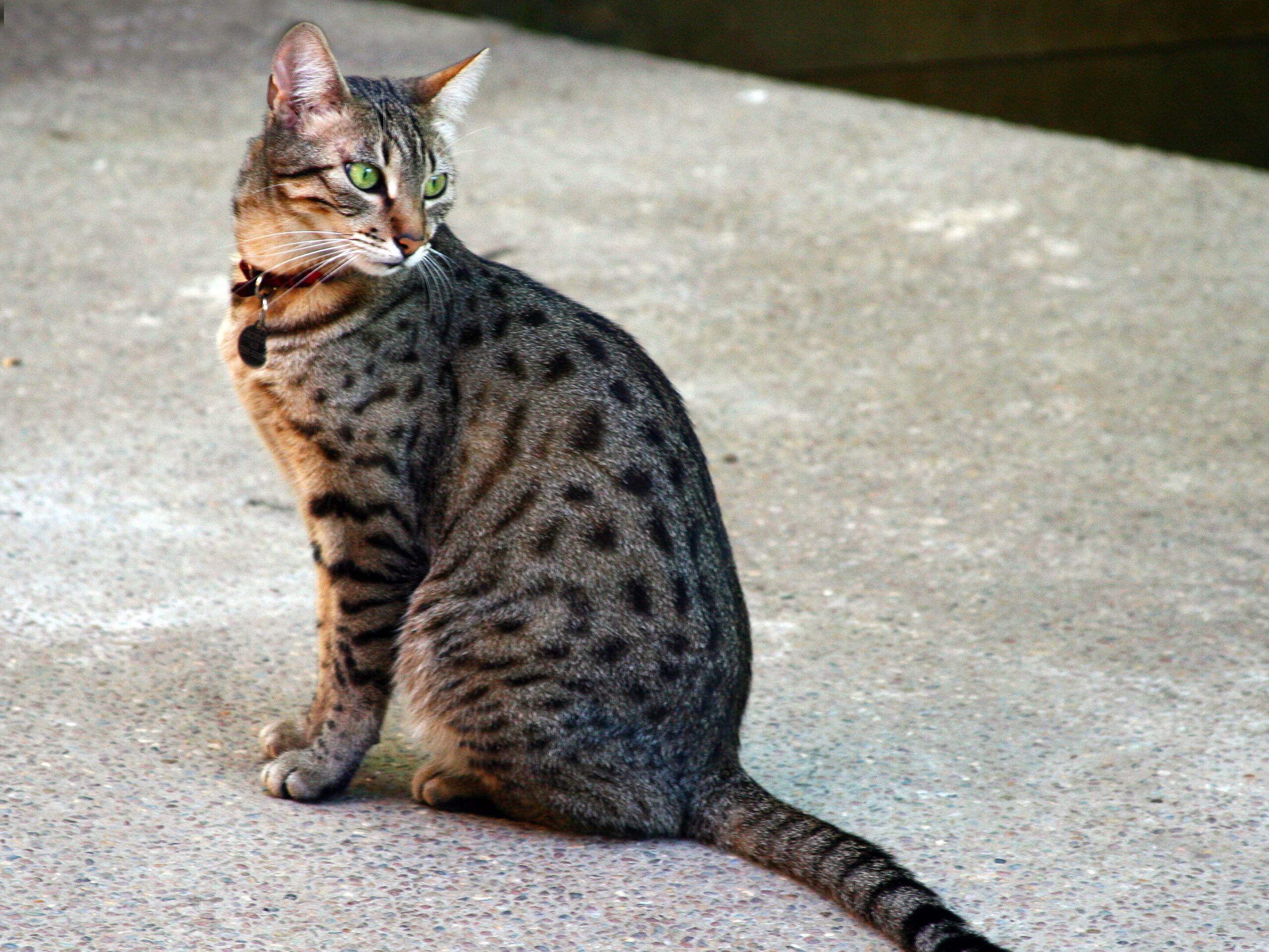
Highly intelligent and fast-moving, Egyptian Maus don’t like to be restrained or treated like lap cats. They bond strongly with one or two people and may be skittish or aggressive around others. Their territorial instincts run deep, and they can be reactive if another pet enters their space. Socialization from a young age is important to manage their assertiveness.
Chartreux
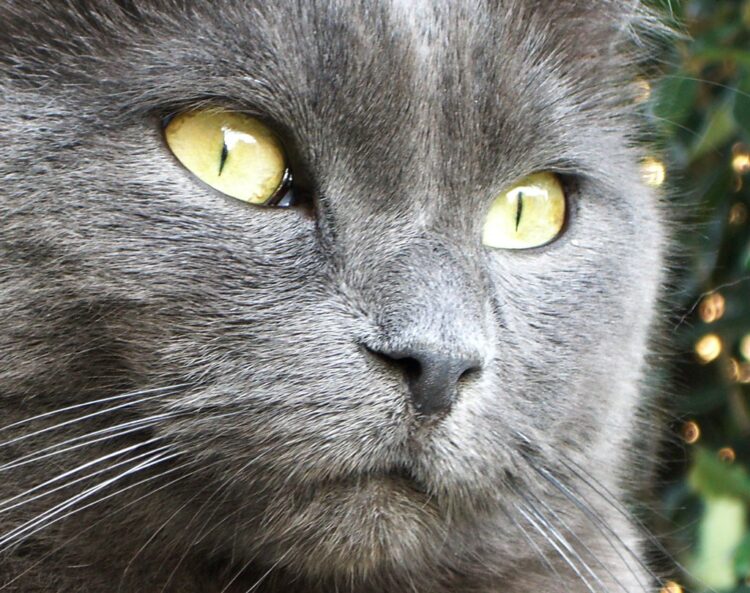
Though generally calm, Chartreux cats can become moody or grumpy if overstimulated. They prefer a predictable routine and can get irritated when their peace is disturbed. While they rarely attack unprovoked, they may swat or nip if touched in a way they dislike or if they feel cornered. They do better in quieter households.
Pixie-Bob
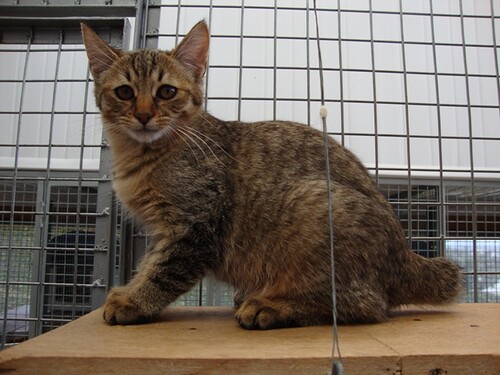
Pixie-Bobs are loyal and dog-like, but they have a dominant streak. They may try to assert control in multi-cat homes or become overprotective of their territory. While not outright aggressive by nature, they can become pushy or demanding if boundaries aren’t set early. Left unchecked, this behavior can escalate into swatting or growling.
Tonkinese
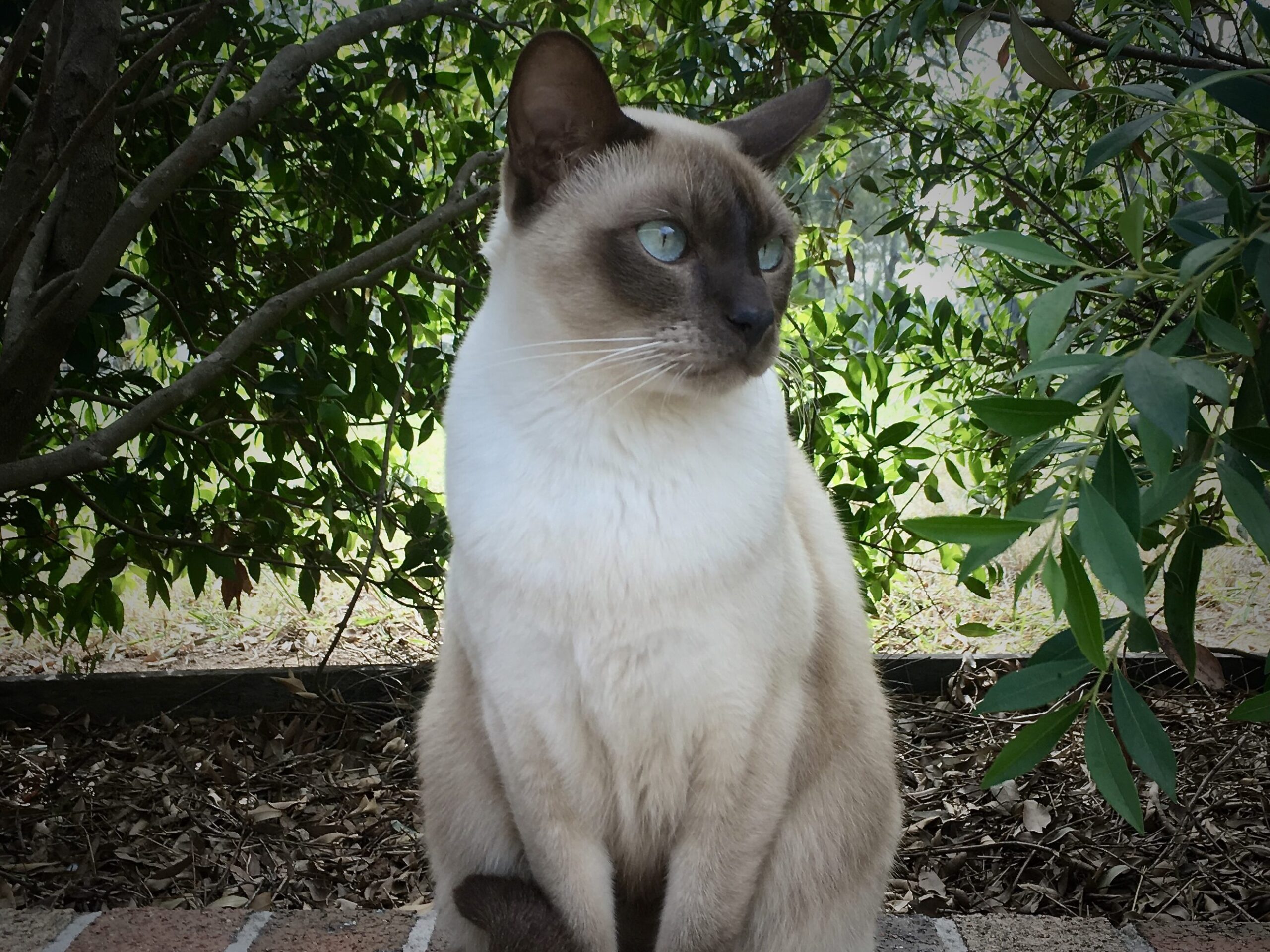
Tonkinese cats are social and energetic but can become possessive. They’re emotionally intense and may act out if they feel neglected or overstimulated. Their vocal nature can also turn into aggressive meowing or biting if they feel their needs aren’t being met. They require lots of playtime and interaction to stay balanced.

